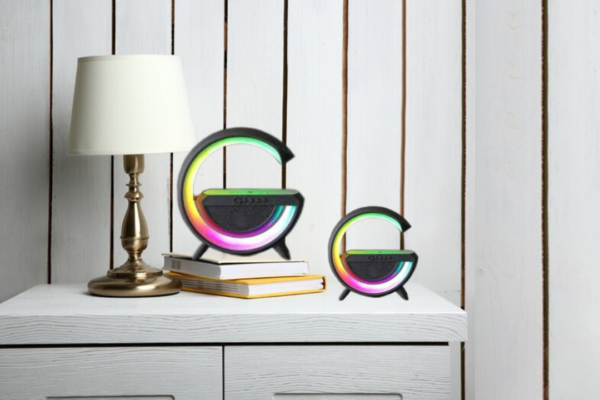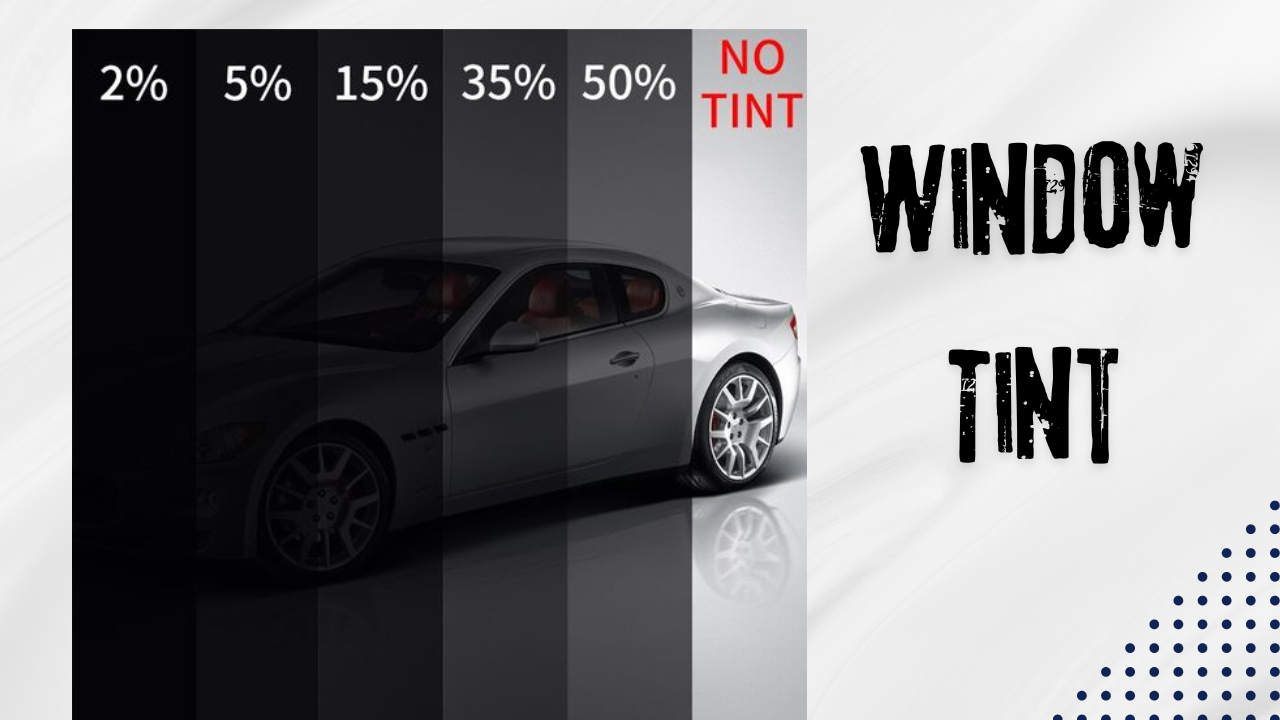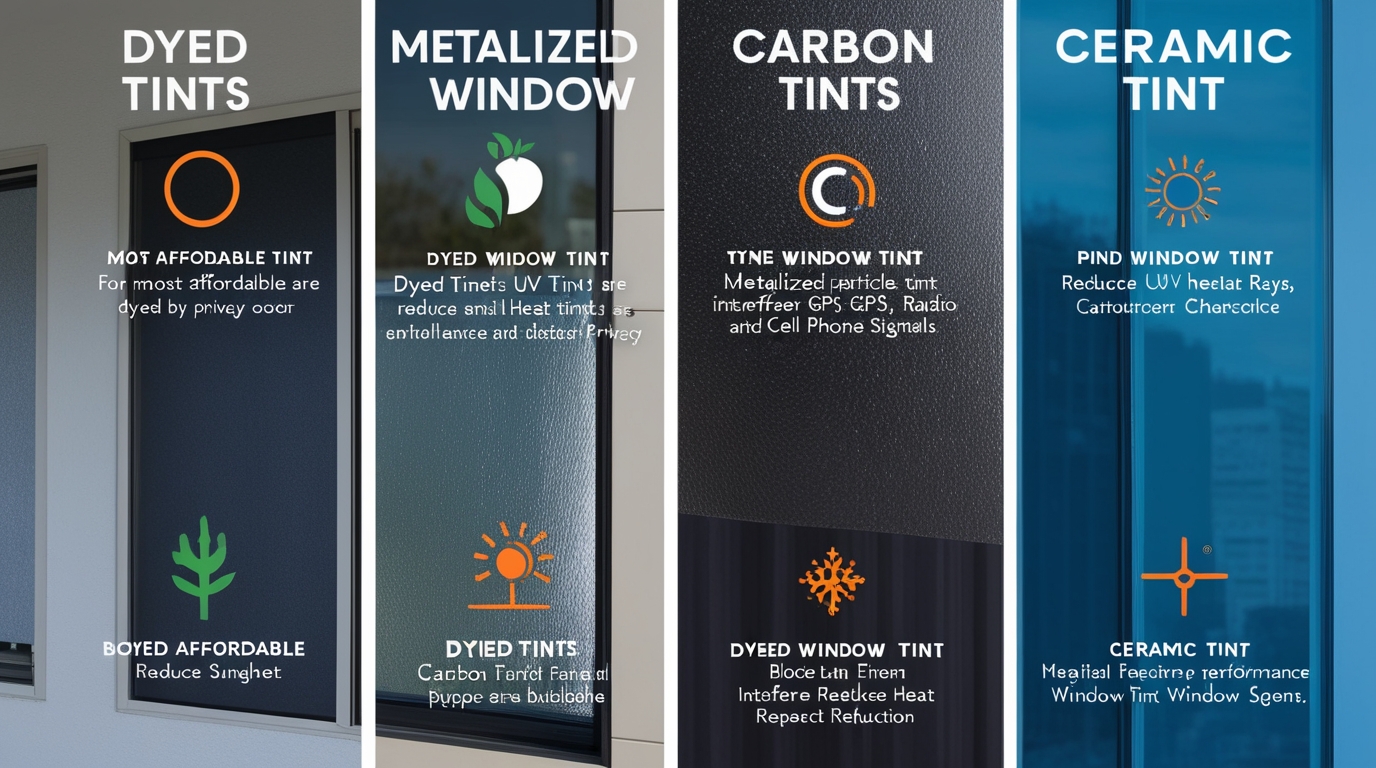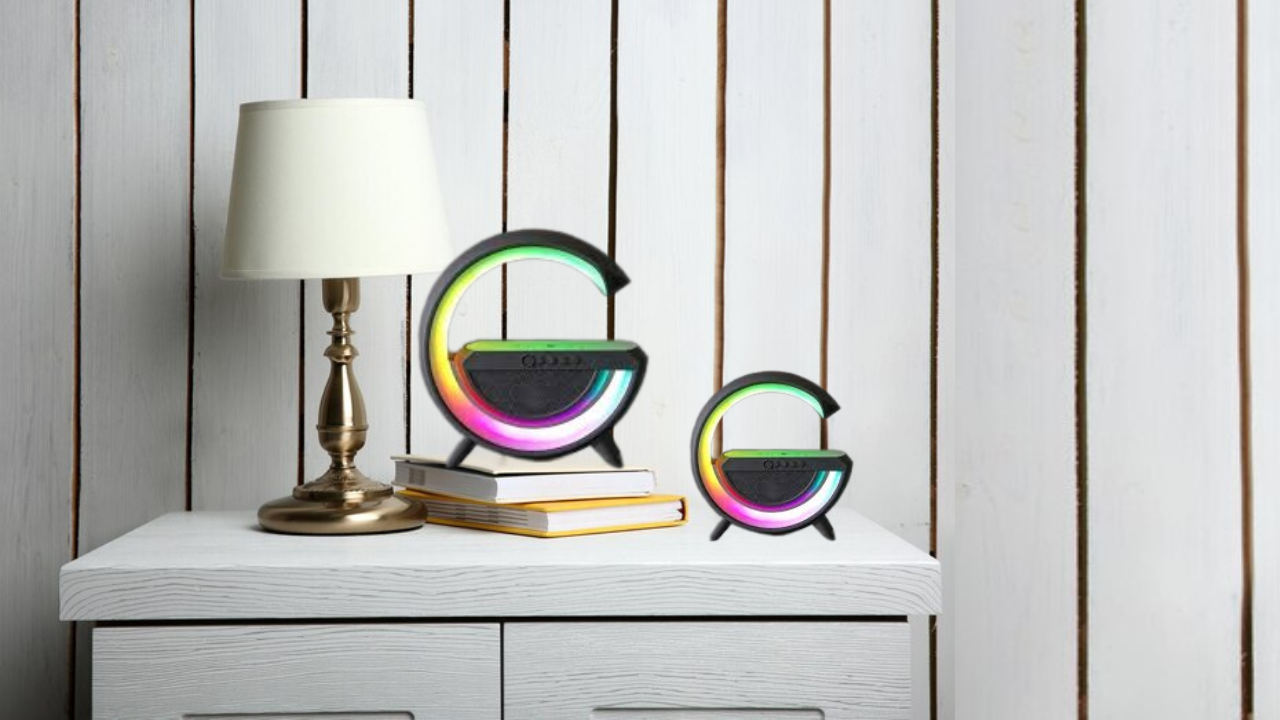Window tint is a thin, transparent film that is applied to the interior or exterior of glass surfaces, such as vehicle windows, residential windows, or commercial building windows. The primary purpose of window tinting is to reduce the amount of visible light, ultraviolet (UV) radiation, and infrared (IR) rays that pass through the glass. It provides benefits such as enhanced privacy, heat reduction, UV protection, and improved aesthetics. Depending on its composition, window tint can vary in darkness, reflectivity, and functionality, offering different levels of performance for various needs.Window tinting has evolved beyond just being a stylish addition to vehicles and buildings; it’s a practical solution for improving comfort, energy efficiency, and privacy.
What is Window Tinting?
Window tinting involves applying a thin film to glass surfaces to reduce light transmission. This film is usually made from polyester and contains various layers that offer specific functionalities such as UV protection, heat reduction, and added privacy. While window tinting is most commonly associated with vehicles, it is also widely used in residential and commercial buildings.
The Advantages of Window Tinting
Enhanced Privacy and Security
One of the most appealing features of window tinting is the increased privacy it offers. Whether it’s in your car or home, tinted windows make it difficult for outsiders to see in, protecting your valuables and personal space. Additionally, some window films have shatterproof technology, which helps the glass stay intact upon impact. This feature can deter theft and protect passengers or residents from glass shards in case of accidents or break-ins.
Temperature Control and Energy Efficiency
Window tinting significantly reduces the amount of heat entering your vehicle or building. By blocking a substantial portion of the sun’s infrared rays, tinted windows help maintain a cooler indoor temperature, reducing the need for excessive air conditioning. This can lead to noticeable energy savings over time, especially in hot climates.
Protection from Harmful UV Rays
Prolonged exposure to UV rays is harmful to your skin and can cause the interiors of cars, homes, or offices to fade over time. High-quality window tints can block up to 99% of UV rays, protecting you from potential health risks such as skin cancer, while also preventing upholstery, carpets, and wooden furniture from fading or discoloration.
Improved Aesthetics
Tinted windows can dramatically enhance the appearance of your car or building. With various shades and styles to choose from, you can create a sleek, modern, or custom look that adds an extra layer of sophistication to your property or vehicle. Whether you’re looking for a subtle upgrade or a bold change, window tinting can be tailored to your aesthetic needs.
Enhanced Safety and Glass Durability
Window tinting can make glass more durable and less prone to shattering in case of accidents or break-ins. While it doesn’t make glass indestructible, the film holds the shattered pieces together, reducing the risk of injury from broken glass. This can be particularly beneficial in areas prone to storms or in vehicle accidents.
Different Types of Window Tints
There are several types of window tints available, each with its own unique properties. Choosing the right one depends on your needs, budget, and aesthetic preferences.
Dyed Window Tint
Dyed tints are the most affordable option and work by absorbing sunlight. They provide good privacy and reduce glare but are not as effective at blocking heat as other types. Over time, dyed tints may fade or bubble, but they still offer a cost-effective solution for those primarily concerned with appearance and basic privacy.
Metalized Window Tint
Metalized tints contain tiny metallic particles that reflect heat and UV rays, making them more effective at temperature control compared to dyed tints. These tints are durable and resistant to fading. However, the metal particles can interfere with GPS, radio, and cell phone signals, which may be a drawback for some users.
Carbon Window Tints
Carbontints offer excellent UV protection and heat reduction without the metallic sheen that some find unattractive. Carbon tints are also non-conductive, so they don’t interfere with electronic devices, making them a popular choice for vehicles and homes that require optimal performance without signal disruption.
Ceramic Window Tint
Ceramic window tints are considered the premium option due to their superior performance. They block up to 99% of UV rays, reduce glare, and offer excellent heat rejection. Ceramic tints are also extremely durable and resistant to fading, peeling, or cracking. While they are the most expensive option, their performance and longevity make them worth the investment for those seeking maximum benefits.
Hybrid Window Tint
Hybrid tints combine both dyed and metalized layers to offer a balance between affordability, heat rejection, and durability. They don’t interfere with electronics like metalized tints and provide a longer-lasting solution than dyed tints, making them a popular mid-range option.
Understanding Window Tint Laws and Regulations
Before investing in window tints, it’s essential to familiarize yourself with local laws and regulations. These laws vary depending on the region and typically specify how dark the tint can be, particularly for vehicle windows. For example, many states in the U.S. have limits on how much light must be allowed through the front side windows, rear side windows, and rear windshield.
Failure to comply with local tinting laws can result in fines and may require the removal of the tint. Always consult with your tint installer to ensure your tint level complies with legal requirements.
Maintenance Tips for Tinted Windows
Once your windows are tinted, proper care and maintenance will help preserve their longevity and appearance. Here are some tips for keeping your tinted windows in top shape:
- Wait before cleaning: After installation, allow the tint to cure for at least a few days before cleaning to avoid damaging the film.
- Use mild cleaners: Avoid using harsh chemicals or abrasive cleaners, which can scratch or degrade the film. Instead, use a mild soap solution or window cleaner that’s safe for tints.
- Avoid sharp objects: Be cautious when using sharp objects around tinted windows, as even minor scratches can affect the film’s durability and appearance.
- Soft cloths only: Use a microfiber or soft cotton cloth to clean tinted windows. This will help prevent scratches and streaks while keeping the film in good condition.
FAQs
Q1: How long does window tint last?
The lifespan of window tint depends on the type and quality of the film, as well as how well it is maintained. High-quality tints, such as ceramic, can last up to 10 years or more, while dyed tints may last around 3 to 5 years.
Q2: Does window tint affect night driving?
Window tints with a high visible light transmission (VLT) percentage allow more light through, minimizing any impact on night driving. Darker tints may reduce visibility at night, so it’s important to choose a tint that balances daytime privacy and safety during night driving.
Q3: Can I install window tint myself?
While DIY window tinting kits are available, professional installation is recommend. DIY installation can lead to bubbling, peeling, or uneven tint application, which may affect the tint’s durability and appearance.
Q4: Does window tint help reduce energy bills?
Yes! By blocking a significant amount of heat from the sun, window tinting reduces the need for air conditioning, leading to lower energy consumption and cost savings, especially in warm climates.
Q5: Can window tint be removed?
Yes, window tints can be remove by professionals without damaging the glass. This is useful if you need to change the tint for legal reasons or if the film has deteriorated over time.















